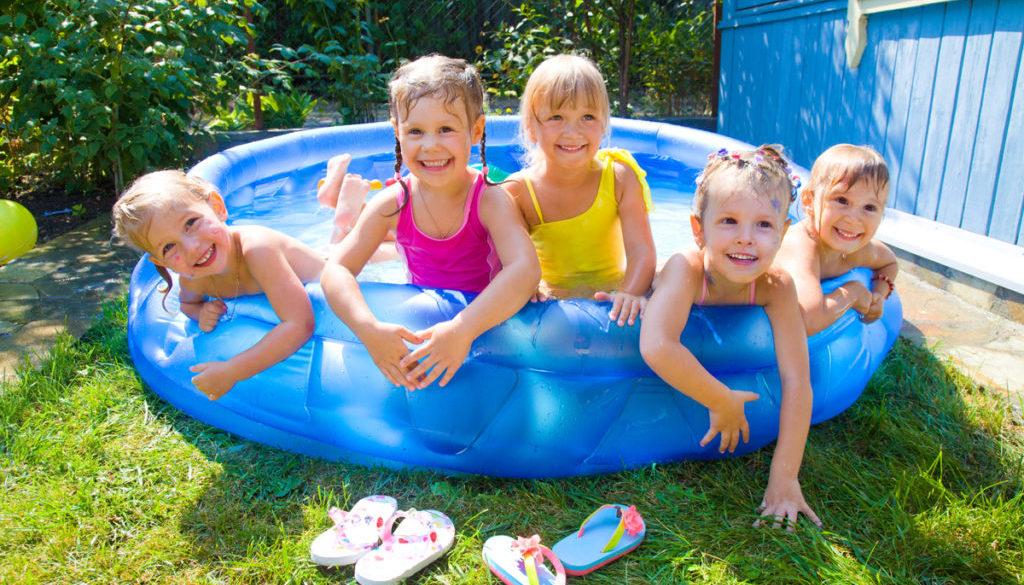Water Safety for Children

Children are seemingly born with a fascination with water. With good reason; water splashes, shimmers, makes fun sounds and allows favorite toys to float and bob up and down. However, this curiosity and love of water can also lead to the harsh reality of accidental drowning.
According to Water Smart Tots, drowning deaths in Florida are up 70%, compared to this time last year and is the leading cause of death for children between the ages of 1 and 4 years old. This is a startling fact but keep in mind that drowning isn’t always as obvious as you think, it often happens in very little water. It can happen in a plastic wading pool, a pond, a deep puddle, a bucket and even a toilet.
Here are a few basic tips to practicing water safety for children:
- Watch kids when they are in or around water, without distractions (i.e. Put the phone down). Keep young children within arm’s reach of an adult. Do not assume another person is watching a child with accessible water nearby.
- Empty all tubs, buckets, containers and kiddie pools immediately after use. Store them upside down so they don’t collect water.
- Drowning can happen in as little as a few inches of water, like a shallow bath. Children can slip underwater in the 10 seconds you take to run to the closet for a towel. In the 4 minutes it takes to use the bathroom or answer the doorbell, a child could have already drowned or suffered a severe brain injury.
- Close toilet lids and use toilet seat locks to prevent drowning. Keep doors to bathrooms and laundry rooms closed.
- Install fences around home pools. A pool fence should surround all sides of the pool and be at least four feet tall with self-closing and self-latching gates. Be sure that it cannot be climbed, and that there are no holes or access points for young children.
- Be prepared. Know what to do in an emergency. Learning CPR and basic water rescue skills may help you save a life.
Know the Signs: Mainstream media often portrays drowning as a chaotic event of splashing and yelling, but the reality is that drowning, especially with children, is often silent and not obvious. Kids drown silently and quickly, often when they are vertical in the water with their head tipped back.
Be Actively Vigilant: Close supervision is always required, when kids are in or near any type of water. Drowning happens quickly and quietly, so adults watching kids in or near water should avoid any activity that could be distracting and focus solely on the children.
Unintentional drowning is preventable. Research and learn about drowning and prevention programs, talk to your kids about water safety, enroll them in age appropriate swim lessons (check with your pediatrician). It’s not always easy to avoid distractions, but children need the undivided attention of adults when they are near or in water. That text message or phone call can wait!





